Shenzhou-14 astronauts land safely at landing site in Inner Mongolia.
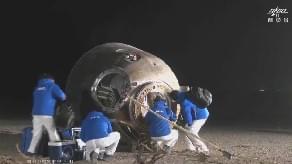

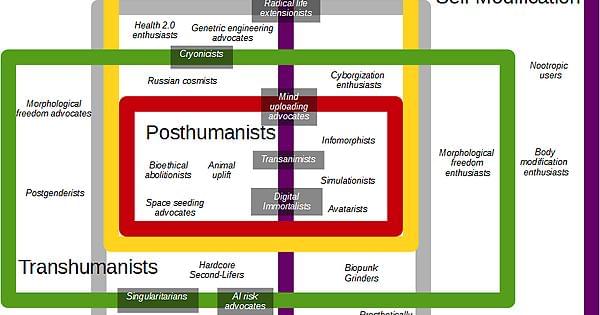


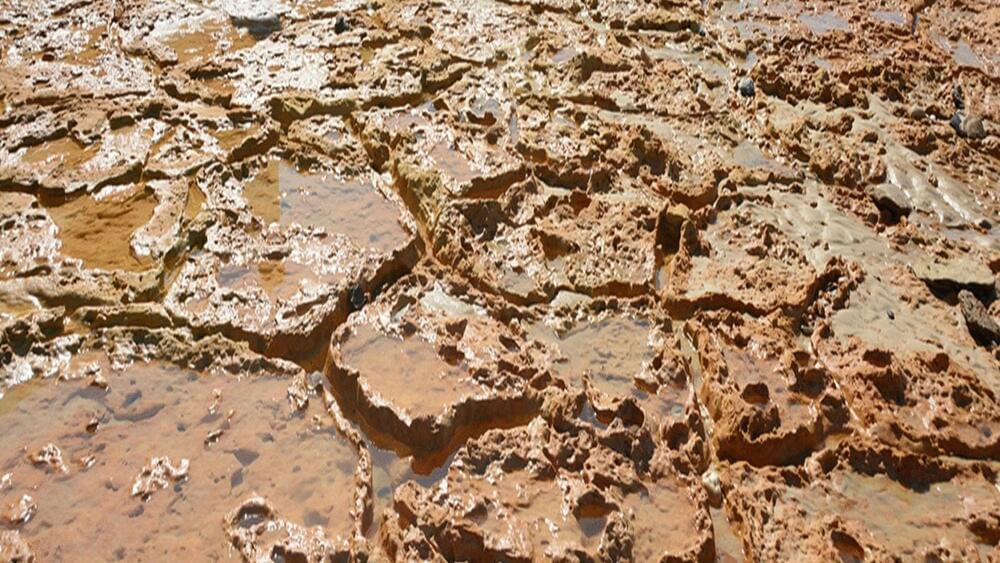
Nature.
Until then, the only time reference that allowed the age of the site to be established was the dating of one of the dunes that covered the surface to around 106,000 years ago (Upper Pleistocene). As with most of the hominid footprints found worldwide, we dated them in line with the environment in which they were found. For this reason, our first hypothesis when trying to attribute the newfound footprints was that they belonged to Neanderthals, who lived in the Upper Pleistocene.


Human pancreas-on-a-chip (PoC) technology is quickly advancing as a platform for complex in vitro modeling of islet physiology. This review summarizes the current progress and evaluates the possibility of using this technology for clinical islet transplantation.
PoC microfluidic platforms have mainly shown proof of principle for long-term culturing of islets to study islet function in a standardized format. Advancement in microfluidic design by using imaging-compatible biomaterials and biosensor technology might provide a novel future tool for predicting islet transplantation outcome. Progress in combining islets with other tissue types gives a possibility to study diabetic interventions in a minimal equivalent in vitro environment.
Although the field of PoC is still in its infancy, considerable progress in the development of functional systems has brought the technology on the verge of a general applicable tool that may be used to study islet quality and to replace animal testing in the development of diabetes interventions.
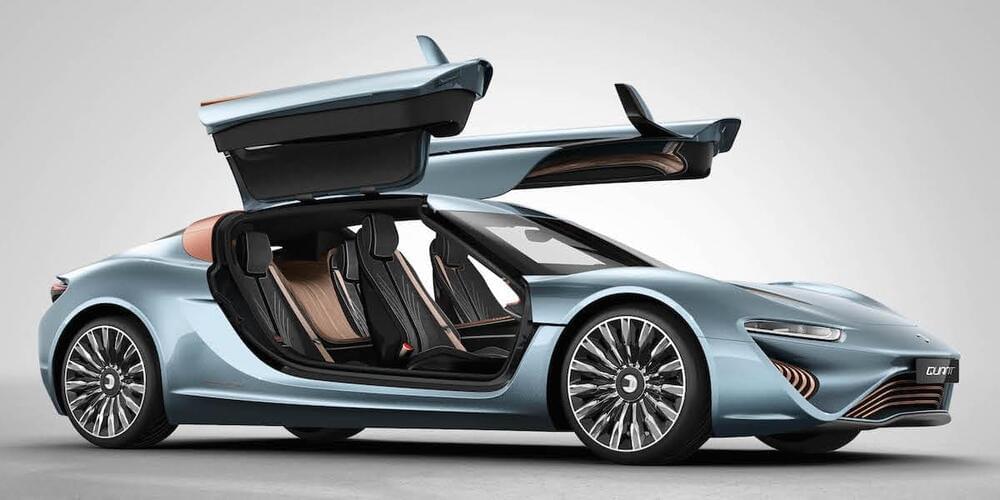

Now you can also follow up questions. Cc @bentossell
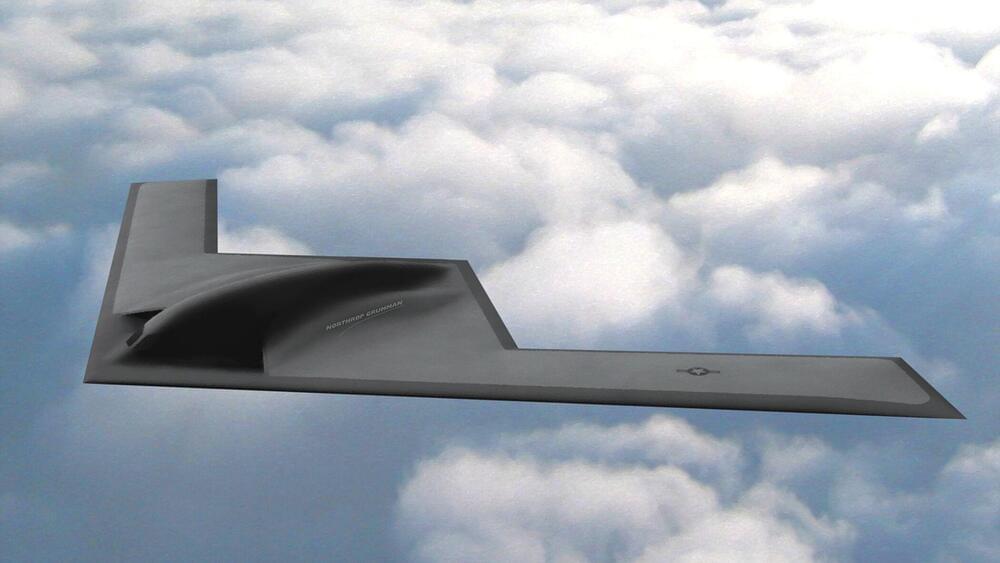
China’s H-20 ‘stealth bomber,’ allegedly a rival to the US’s ‘Raider,’ may also be rolled out soon.
Northrop Grumman Corp (NOC.N) and the U.S. Air Force have finally rolled out the world’s first sixth-generation aircraft after over three decades, amid a tight arms race with China.
The B-21 “Raider,” a long-range nuclear bomber, was unveiled on Friday, at the company’s facility in Palmdale, California, according to a press release by the defense giant.
“The Northrop Grumman team develops and delivers technology that advances science, looks into the future, and brings it to the here and now,” said Kathy Warden, CEO and president of NOC.N.
Northrop Grumman Corp and the U.S. Air Force have finally rolled out the world’s first sixth-generation aircraft amid a tight arms race with China. The B-21 “Raider,” a long-range nuclear bomber, was unveiled on Friday.